Cumulative recovery rate under insolvency resolution processes declines to 30.18% in Q2FY23
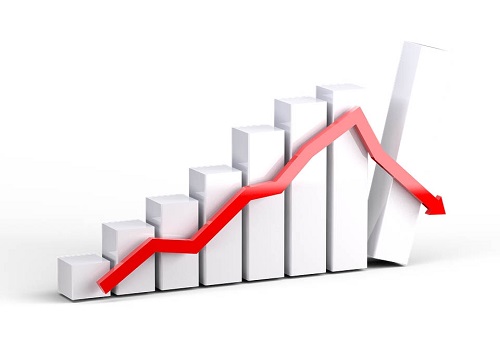
Follow us Now on Telegram ! Get daily 10 - 12 important updates on Business, Finance and Investment. Join our Telegram Channel
Care Ratings in its latest report has said that the cumulative recovery rate under the insolvency resolution processes of debt-ridden companies declined to 30.18 per cent at the end of the September quarter (Q2FY23), indicating that lenders took more haircut on their exposure. The recovery rate has fallen steeply from a peak of 43 per cent in Q1 FY20.
As per an analysis of Insolvency and Bankruptcy Board of India (IBBI) data done by Care Ratings, of the Rs 7,90,626.2 crore claims from the financial creditors admitted by various benches of the National Company Law Tribunal (NCLT), only Rs 2,43,452.5 crore or 30.18 per cent have been recovered till the end of Q2 FY23. The overall recovery rate implies a haircut of around 70 per cent for the lenders. It stated that the cumulative recovery rate has been on a downtrend, falling from 43 per cent in Q1 FY20 and 32.9 per cent in Q4 FY22 as larger resolutions have already been executed and a significant number of liquidated cases were either Board for Industrial and Financial Reconstruction (BIFR) cases and/or defunct with high resolution time. There has also been a fall in the number of cases going to/admitted by the NCLT since H2 FY21.
The report further said since the implementation of the IBC in 2016, close to 5,893 companies have been admitted by various NCLT benches. Out of those cases, operational creditors filed 3,008 cases, a little over 50 per cent, and financial creditors filed 2,531 cases or around 45 per cent. The share of corporate debtors has continued to remain the lowest at around 3 per cent as of September 2022. The share of the various sectors has largely remained constant compared with the previous period, with the manufacturing sector accounting for the highest at 39 per cent of the overall cases, followed by real estate (21 per cent), construction (11 per cent) and trading (10 per cent).

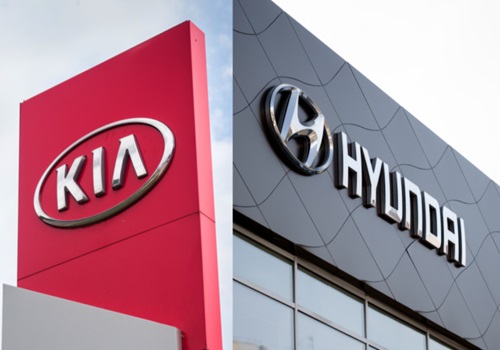








Tag News

Monthly Debt Market Update, September 2023: CareEdge Ratings






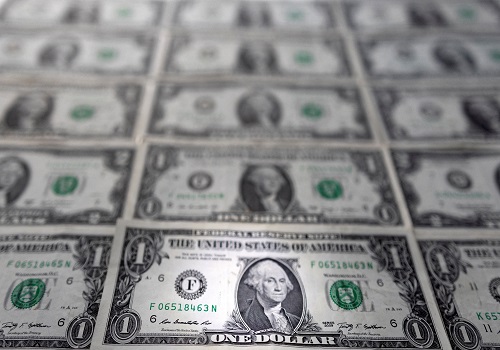

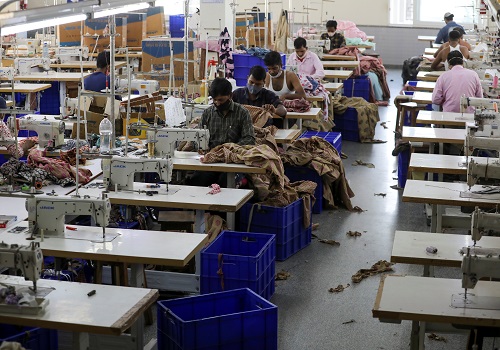
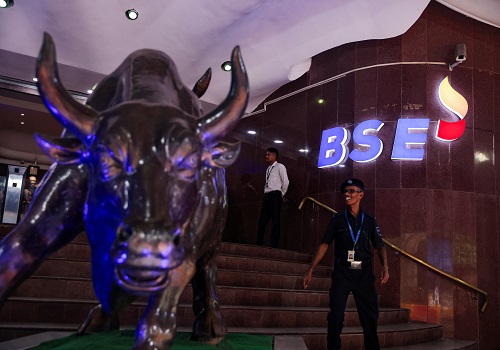

![Kotak [KIE] Economy: Trade deficit normalizes in November](https://portfolio.investmentguruindia.com/uploads/news/Import export.jpg)

